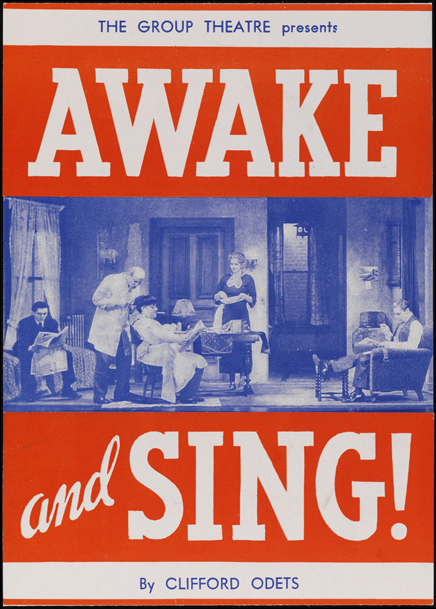Maru Hoeber's "Flight," (2015), a porcelain and wood veneer piece depicting faceless refugees, is a call to solidarity with displaced people around the world.
Abbetuck’s Arts+Activism Digital Salon
Our subscriber forum is a gathering space for artists, thinkers, and creative disruptors committed to social change.
Through dialogue, collaboration, and collective inquiry, we explore how the arts can protest injustice, reimagine belonging, and ignite transformation.
Whether you're sharing a performance, seeking partners for a new project, or unpacking the theory behind creative resistance, this salon invites reflection and action in equal measure.
Subscribe to Abbetuck (it's free) in order to log in and participate in the subscriber forum. If you are already subscriber and need to re-set your password, please let me know: contact@abbetuck.com.

 Activist theater during the 1930-1945 period was a powerful tool for social and political change, particularly during the Great Depression and World War II. Fueled by the economic hardship and social unrest of the era, theater groups used performance to raise awareness about issues like labor exploitation, racial injustice, and the rise of fascism. They aimed to break down the traditional "wall" between performers and audiences, engaging directly with communities and challenging the status quo.
Activist theater during the 1930-1945 period was a powerful tool for social and political change, particularly during the Great Depression and World War II. Fueled by the economic hardship and social unrest of the era, theater groups used performance to raise awareness about issues like labor exploitation, racial injustice, and the rise of fascism. They aimed to break down the traditional "wall" between performers and audiences, engaging directly with communities and challenging the status quo.